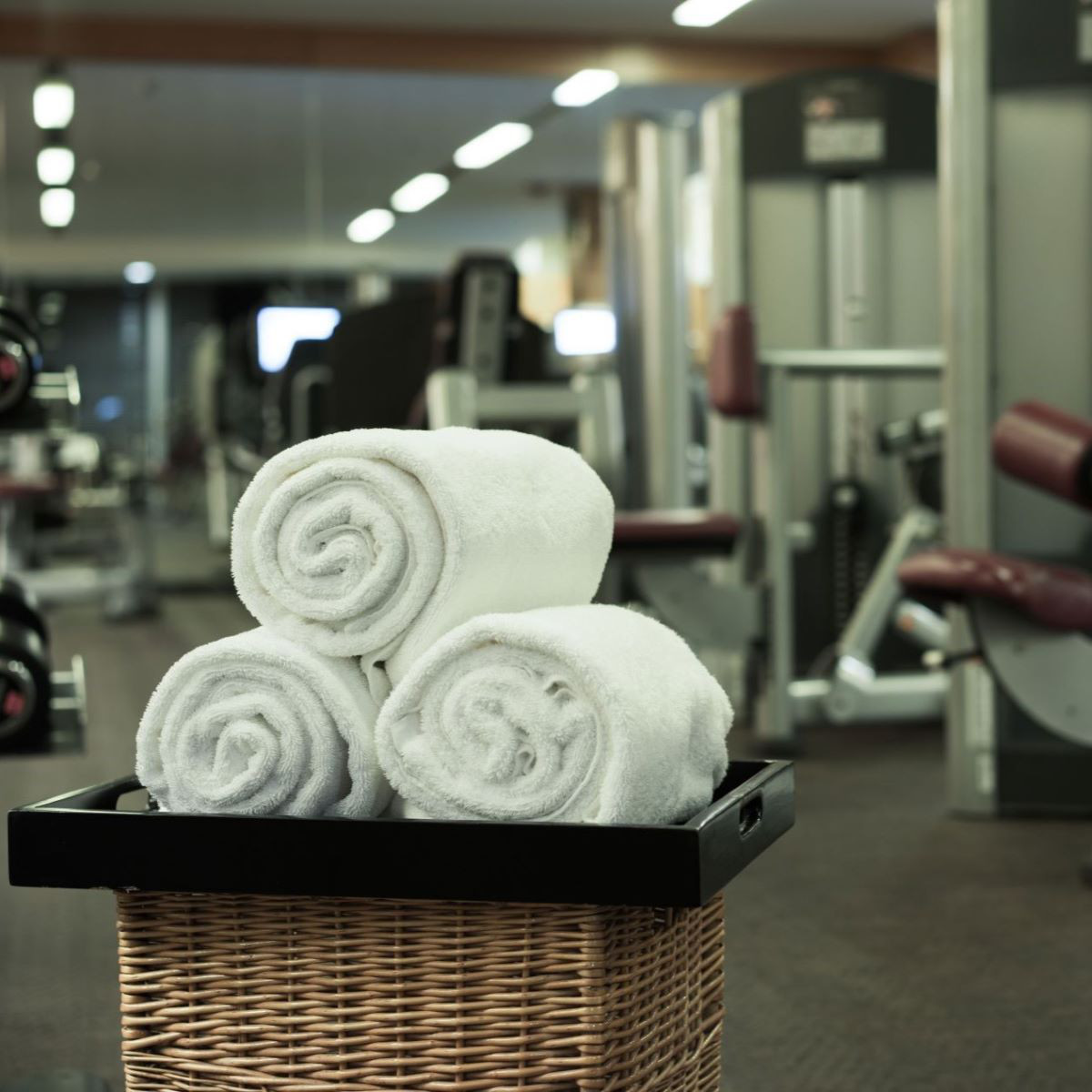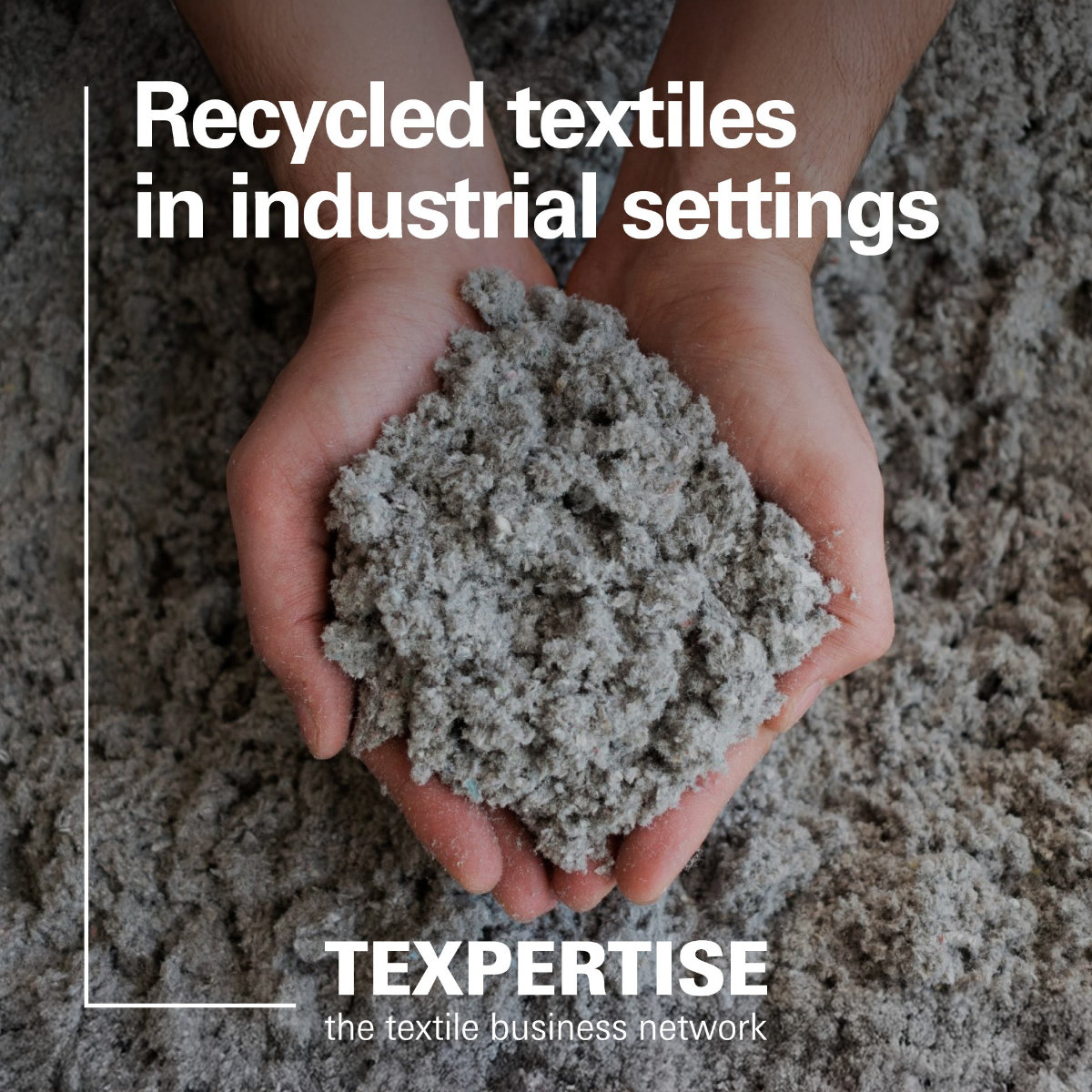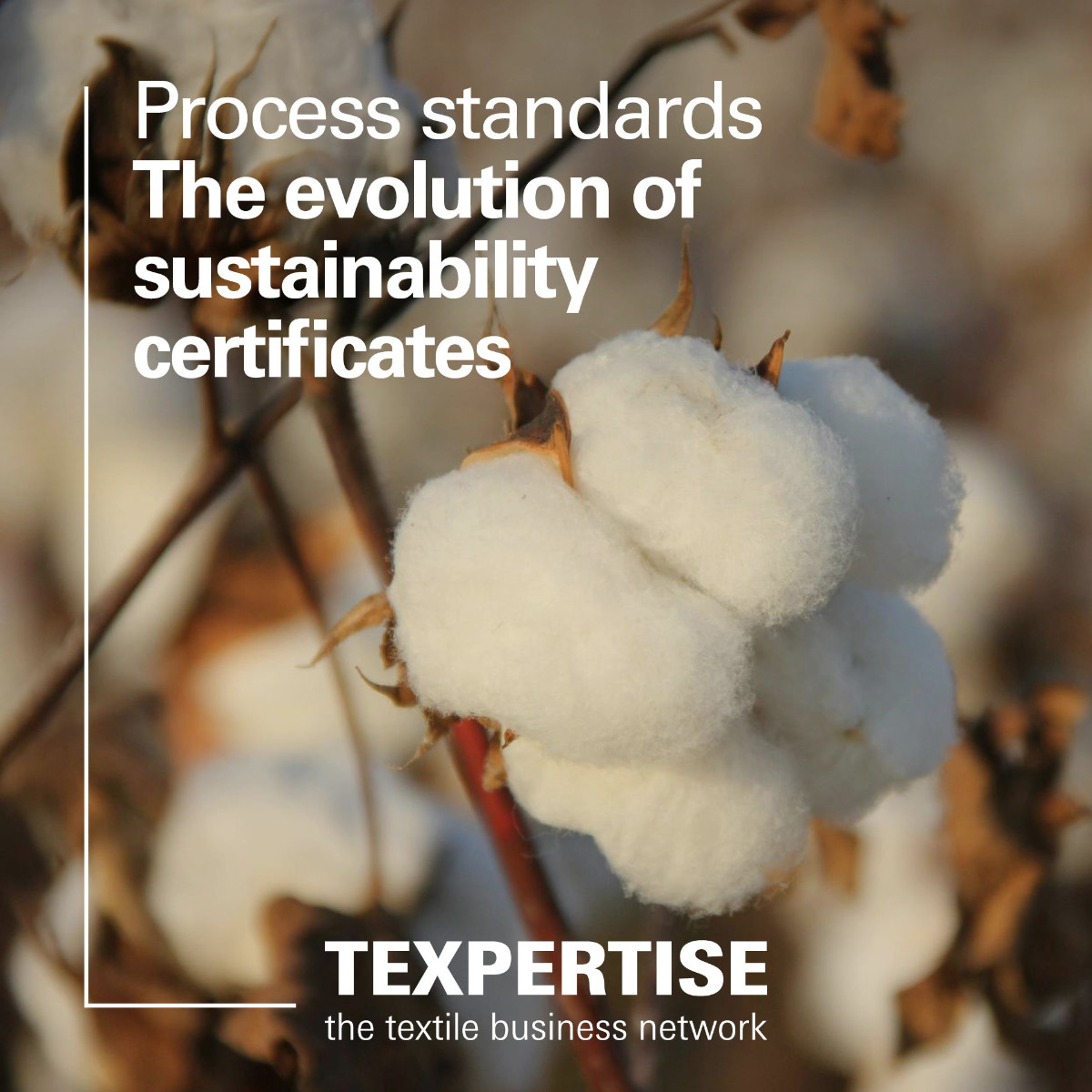Reading time: 6 minutes
Sustainability is becoming increasingly important in the outdoor textile industry. Choosing robust, weather-resistant fabrics extends product lifespan and reduces the need for new purchases. At the same time, recycled materials are gaining prominence, helping to minimise the use of virgin raw materials and lower CO₂ emissions. Innovative technologies and materials play a crucial role in enhancing the sustainability of outdoor textiles.
The Environmental Impact of Durable Outdoor Fabrics
Durable outdoor fabrics reduce the need for frequent replacements, conserve resources, and minimise the energy consumption associated with production and transport. These materials retain their properties for years, even under extreme conditions such as moisture, frost, and UV exposure. A longer lifespan reduces raw material demand and decreases energy-intensive manufacturing processes, making them both economically and ecologically advantageous.
An increasing number of manufacturers are developing weather-resistant fabrics that withstand outdoor conditions while maintaining aesthetic appeal.
Innovative Weather-Resistant Materials for Outdoor Use
In recent years, several innovative outdoor textiles have emerged:
- UV-resistant fabrics: These do not fade under sunlight and maintain their colour intensity for years.
- Microporous materials: These allow moisture to escape, prevent mould formation, and are simultaneously water-repellent.
- ARIAPRENE fabrics: A lightweight, breathable material that withstands extreme weather conditions.
- Biodegradable textiles: These are gaining importance but are still in the development phase.
These innovations contribute to making outdoor textiles more sustainable and durable.
Key Factors for Sustainable Outdoor Textiles
Sustainable outdoor textiles are not only defined by longevity. Their recyclability, material composition, and optimised production processes play a significant role in their environmental footprint:
- Recyclability: Outdoor textiles are often made from synthetic fibres that can be efficiently recycled. This process saves energy, reduces raw material demand, and supports a circular economy where old textiles serve as raw materials for new products.
- Eco-friendly materials: Organic cotton and bio-based resins avoid pesticides and harmful chemicals, reducing environmental impact. These materials are often biodegradable and help conserve natural resources.
- Optimised manufacturing processes: Modern producers focus on energy- and water-efficient production methods. Wastewater is treated and reused, while harmful chemical additives are avoided to facilitate future recycling.
These factors contribute to making outdoor textiles not only more durable but also more environmentally friendly.
Eco-Friendly Maintenance of Outdoor Textiles
Sustainability extends beyond fabric selection—proper care also plays a crucial role.
- Bio-based waterproofing: Products like Ecorebel Bio use natural, biodegradable ingredients that are environmentally friendly while protecting textiles from water and dirt, thereby extending their lifespan.
- Recycling compatibility: Bio-based waterproofing treatments make future recycling easier, as fibres do not need to be cleansed of harmful chemicals.
Environmentally friendly maintenance not only extends the life of textiles but also supports the circular economy.
Conclusion: Sustainable Outdoor Textiles as the Standard of the Future
The demand for durable outdoor textiles continues to grow. They actively contribute to the textile revolution by integrating natural, recyclable raw materials with optimised production processes. Outdoor fabrics made from resilient synthetic fibres are particularly recycling-friendly and can be seamlessly incorporated into a circular economy. Ongoing innovations further the development of eco-friendly materials that are both aesthetically pleasing and functional. Making conscious choices when selecting outdoor textiles—considering all sustainability aspects—is a key step towards a more sustainable future.
FAQ: Frequently Asked Questions
What qualities should outdoor fabrics have?
Outdoor fabrics should be UV-resistant, dimensionally stable, and tear-resistant. They must repel moisture and resist mould formation. Particularly durable options include Olefin and acrylic fabrics with honeycomb structures.
How can outdoor fabrics be protected from weather damage?
Regular waterproofing treatments help maintain water-resistant properties. Protective covers provide additional shielding, though proper ventilation is crucial. Choosing the right materials—such as Olefin or bio-based fabrics—offers the best protection.
Are there stylish yet durable outdoor fabrics?
Yes, modern outdoor textiles combine functionality with aesthetics. Materials like acrylic, jute, and innovative polypropylene fabrics offer a wide range of colours and textures without compromising durability.










